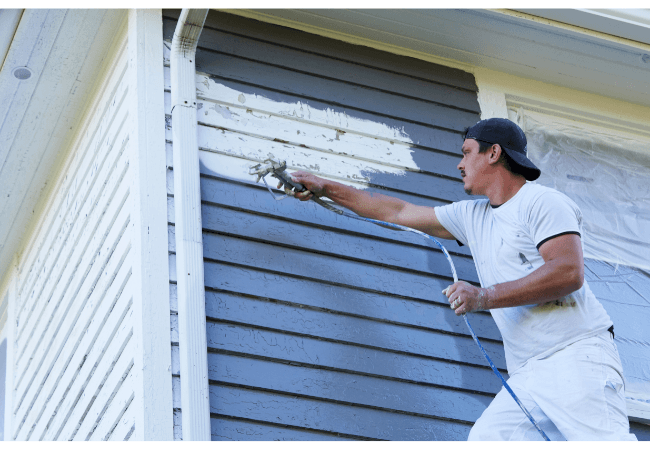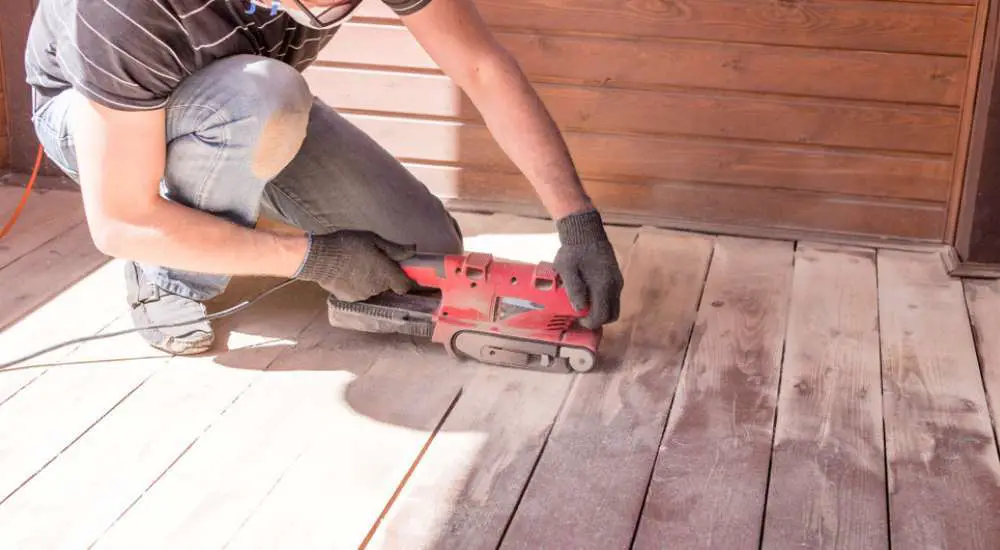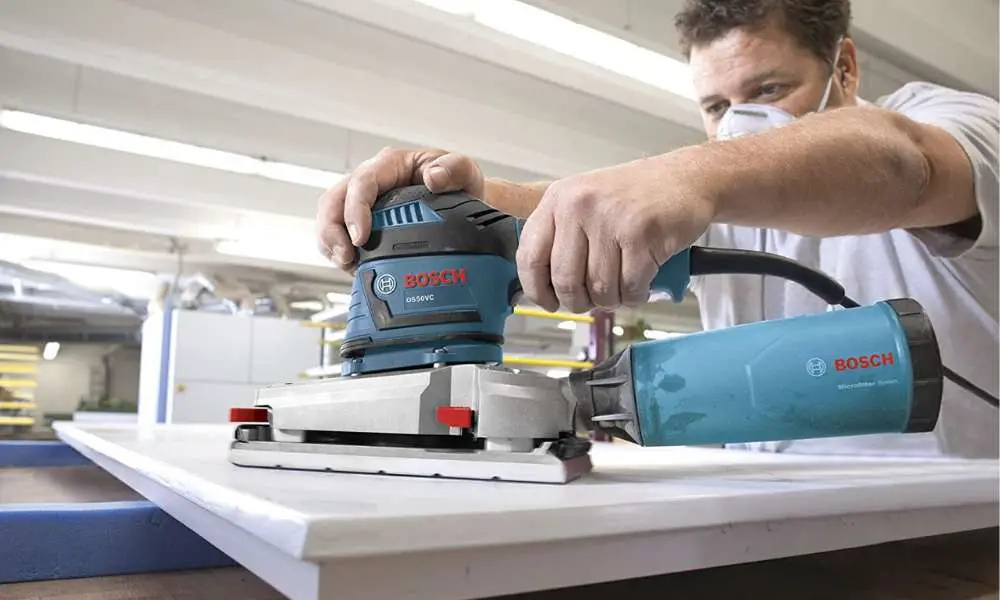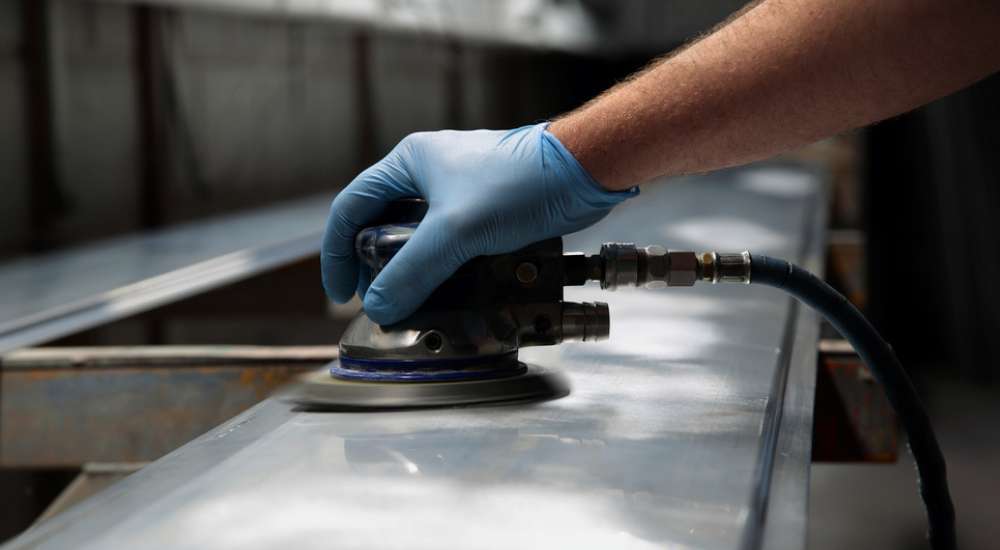Contents
- 1
- 1.1 Paint Gun Setups
- 1.2 Paint Spraying Technologies
- 1.3 Which One Is the Best For You?

The world of paint sprayers can be confusing. There is so much variety available in the market, with different brands, spray patterns and cutting edge tech. All these technologies also give out a distinctly different result. Given that, it can be difficult to choose the best paint sprayer for anyone who is just trying to get their home projects done.
This article intends to shed some light on the various paint spraying technologies that are making rounds in the market, as well as their applications. By the end of this article, you will have an understanding of the services provided by specific paint guns and which paint gun will perform the best for your upcoming projects.
Paint spray guns can be broadly divided into various kinds depending on different criteria. First of all, we must understand that there are two processes that take place inside a paint sprayer gun. First, paint is fed to the paint gun from the paint container and then this paint is atomized and propelled out of the nozzle. Both these processes use different techniques to produce the desired result. The technique used for each of these processes changes the end result considerably.
Paint Gun Setups
When it comes to feeding the spray gun paint, there are three setups.
-
Gravity Feed
In the gravity feed setup, the paint container is attached upside down on the gun, mostly near the nozzle tip. The paint in the container flows down and into the gun due to gravity, where it is then sprayed out.
The advantages of this setup is that it is inexpensive and portable. You do not need any extra equipment, or secondary pressure hoses. Also, if you’re doing low volume work, this setup can prove useful.
However, gravity feed isn’t the best way to go forward when working with thicker materials. Also, the flow of materials can also be irregular in some cases, which can cause clogging or uneven spraying.
Best Gravity Feed Paint Sprayers – Buying Guide
-
Siphon Feed
The paint container is located under the paint gun’s barrel in a siphon feed setup.
With the help of pressure, a vacuum is created inside the gun that pulls the paint out of the container into the gun. This way, certain levels of atomization are achieved in the feeding process itself. The rest of the spraying work is done by the expulsion mechanism.
However, the user gets very limited control over the magnitude of this atomization process. Also, it is difficult to use a siphon feed gun with viscous materials that don’t flow freely.
-
Pressure Feed
In this type of feeding process, the paint is pressurized, which makes it flow out of the paint container into the gun’s nozzle. This setup allows better control to the user and is also compatible with various consistencies.
You can easily alter the amount of pressure being exerted on the paint. In case you are working with a thick fluid, you can simply turn the pressure up a notch. Also, you can attach different sized paint tanks to this setup according to your need.
Since it will require a separate pressure tank and a hose, the cost of a pressure feed setup is comparatively more than its counterparts. Also, carrying around this extended setup can cause user fatigue.
Now that we know how paint can be fed to a paint spray gun, let’s delve into how the paint is sprayed onto the target surface. There are various technologies that are used for this purpose. However, we will be discussing the ones used most commonly in this article.
Paint Spraying Technologies
-
Airless Sprayers
Airless sprayers get their name from the fact that the sprayer does not use air to propel the paint. They have become quite a popular option recently. Airless paint sprayers are known to work wonders for larger projects since they have the capacity to spray continuously for considerable amounts of time.
Instead of an air compressor that is used in most spray guns, airless paint sprayers use an electric motor to propel material through the nozzle. A piston mechanism pressurizes the material towards very minute orifices of the nozzle and the paint is atomized and sprayed. The fine particles of these atomized air then stick to the target surface to produce a glossy smooth finish.
Airless sprayers can usually carry large amounts of paints; it allows you to cover a large area at once. Since you can also use an airless sprayer with a big paint container, it is ideal for large projects. The airless sprayers can also work with a variety of materials, including thick, viscous ones.
Best Airless Paint Sprayers – Buying Guide
However, one must understand that the airless sprayer is not devoid of shortcomings. First of all, airless spray guns produce considerable amounts of overspray. Thus, a good portion of your paint is wasted and protective equipment is necessitated. This overspray problem also makes them less ideal for work in open surroundings. Cleaning and flushing out airless spray guns is a lot of work as well.
Pros:
- Ideal for large projects
- Large Capacity
- Compatible even with thicker liquids
Cons:
- Considerable overspray
- Material wastage
- High maintenance
-
High-Volume-Low-Pressure Sprayers
High-Volume, Low-Pressure guns are a recent technology that is taking the world of spray painting by storm. These sprayers are known for working with utmost precision and giving the user maximum control. These sprayers work by propelling a high volume of air with the paint at a low pressure to produce a consistent and accurate spread.
When paint leaves the nozzle of the gun, a high volume of air is injected into the material which instantly breaks down and atomizes the paint. Thus, an even coating is achieved without any considerable overspray or wastage. The maximized transfer efficiency is an important advantage of an HVLP sprayer. Also, this type is more suited to projects where accuracy is a must. They are not recommended for large scale projects as they can be time-consuming with an HVLP sprayer.
These guns work with different technologies as well. Some HVLP sprayers use turbines or fans, while some use a separate air compressor to provide the voluminous amounts of air at the nozzle tip. You can also opt for multiple turbines in your spray gun. The more the number of turbines, the more the control, power, and accuracy. You can also choose to use only specific turbines in your sprayer, depending on the material. Having more turbines or a high power compressor can help you work with thicker materials. However, most at-home HVLP sprayers are not very compatible with thicker materials.
Best HVLP Paint Sprayers – Buying Guide
HVLP sprayers are most commonly used nowadays and are ideal for smaller, home-based projects. Their versatility and adjustability make them a good choice for people who have just started spray painting.
Pros:
- High accuracy
- Maximum transfer efficiency
- Adjustable depending upon needs and material
- Low maintenance
Cons:
- Slow work rate
- Low-powered HVLP guns do not work with thicker materials
- Low material capacity
-
Low-Volume-Low Pressure Sprayers
Low-Volume, Low-Pressure Spray guns are similar to High-Volume, High-Pressure sprayers, except they use a low volume of air to go about their work. While HVLP sprayers work with both turbines and air compressors, LVLP sprayers are only compressor-driven units. Much like HVLP sprayers, they excel at providing accuracy and dealing with intricate projects.
The working principle of an LVLP sprayer is the same as its HVLP counterpart. It uses an air compressor to build air pressure, and releases it at the nozzle through a hose that connects the spray gun to the compressor. When the paint meets the air stream, it is atomized. It gets converted into an aerosol that goes on to stick to the target surface. Since a low- power compressor is used, the spread produced is thin. Thick coats of paint are not produced, so you might have to go for extra runs if you need a thicker coat with an LVLP sprayer.
The low-powered compressor also means working on large projects is a far cry for LVLP sprayers. However, small projects that require pinpoint accuracy are what LVLP guns excel in. When it comes to the material transfer efficiency, most LVLP guns provide as much transfer efficiency as HVLP sprayer. Higher-end LVLP guns tend to raise the bar for transfer efficiency, with some even guaranteeing up to 80% usage of material. But, LVLP guns require a certain amount of expertise in regulating and maintaining the right amount of pressure throughout your work.
While HVLP sprayers may face problems like bubbling due to the high volume of air, LVLP sprayers provide an even coat without such issues. Thus, the wastage of material is minimum and the environmental footprint even less.
Best LVLP Paint Sprayers- Buying Guide
If you are looking for a paint sprayer to complete your small to mid-sized projects with, then an LVLP can be a smart investment. Given that you won’t have to spend a lot of money on a high power compressor either, an LVLP sprayer comes out as a budget-friendly option. A small compressor also means they are more portable.
Pros:
- High transfer efficiency and accuracy
- Even coating without bubbling
- Inexpensive
- Portable
Cons:
- Slow work rate
- Less output
- Not suited for big projects
Which One Is the Best For You?
Selecting a paint sprayer gun for home application solely depends on your purpose and your budget. If you are looking to indulge in small DIY projects, for instance, painting old furniture or small decor objects, then LVLP sprayers become a natural choice. If you intend to redo some of your bigger pieces of furniture, or even a wall, an HVLP sprayer might come in handy. The selection between these two also depends upon the kind of paint application you want. HVLP sprayers generally provide a thicker coat than LVLP sprayers in one go. If you are planning to undertake a complete revamp and paint your house or garage or any large scale project, then we recommend getting yourself a quality airless sprayer.
The right paint sprayer can simplify your tasks and make them less time-consuming. We hope that you now understand what kind of paint sprayer is the best fit for your purposes.




Leave a Reply